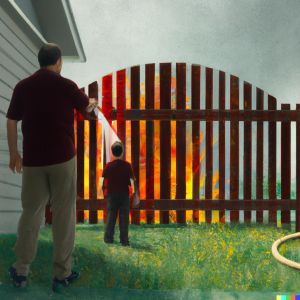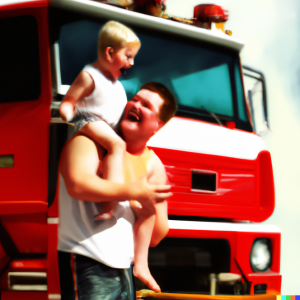Classical Aristotelian:
A group of friends of four had grown distant as soon as they hit their adult years making little effort to contact each other. One of them worked as a salesman who went door to door to sell off his latest stock of vacuums to willing customers. Another was a housewife stuck in a loveless marriage. The third is a police officer who craved more exciting cases than catching late parking fees. The last one was taking whatever job could be thrown at him. They all went their own lives until one of them reaches out in an effort to prove another’s innocence in a crime they did not commit.
Kishotenketsu:
A dog’s perspective from being “the only child” to obtaining a “human sibling”. The dog was the center of their pet parent’s life until he is forced to share the attention of a human child that wants nothing more than to take his toys away from the dog. The dog has to become an older sibling which makes the dog become more upset with the presence of the human child. The child and dog go back and forth sharing certain things until they collapse in a heap on the floor cuddled up with each other after an exhausting fight for the affection and attention of their now-shared parents.
Episodic:
It’s about 8 pm on a bus trip heading to its last stop as it picks up passengers headed to their final destination. A man named Louise does not know why he is on this bus in general and converses to the passengers that come and leave the vehicle ranging from various ages with his one companion on this ride, a chest on his lap with no key. Every passenger holds their own chest of varying sizes and strikes up a conversation on what is inside and when they figure it out, the bus driver would stop and open the chest to take the item inside as the bus fare. The chest contains an item that tethers them to the mortal world and must be handed to the bus driver as payment for their ride on the bus as a way of letting go.
Surrealist/Fantasy:
Crux and Polaris meet every day on a bridge central to their sea town. Crux would talk and Polaris listens until the sun has disappeared under the waves. They would join hands, close their eyes, and jump until they were among the people of the stars where they would be in jubilee from spinning with the stars and playing with the constellations. They also greet the planet elders and are given some star candies as treats. When the sun came by to scold them for their antics, they bid farewell to the sea of star people as they landed back on the same bridge and parted ways for home.
Personal Anecdote:
A personal story is from when I was waiting for class while messaging my sister who is out of town to attend college. She called me after messaging each other for a bit to scream about a moth that had managed to find its way inside the dorm she was in. Her roommate was out and she was watching the moth while asking me what to do. I couldn’t physically be there but I could hear her muttering and begging for help when I realized there is 5 minutes till class. It is a mad scramble of how to get a moth out of one’s dorm in 5 minutes or less.





